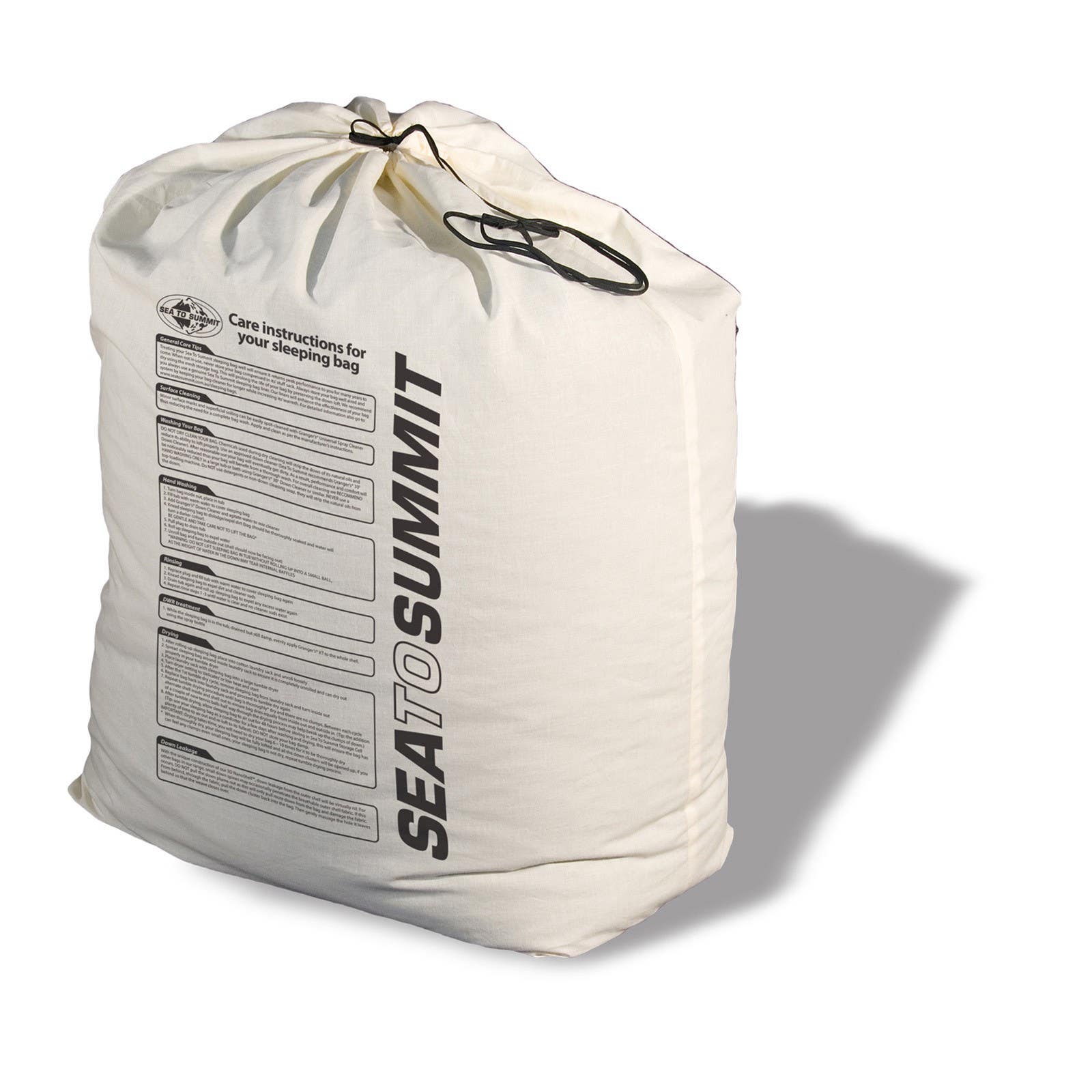Introduction
A sleeping bag is an essential piece of gear for any outdoor adventure, whether you’re camping, hiking, or backpacking. Sleeping bags are designed to keep you warm and comfortable in a variety of conditions, but they require proper care and storage to maintain their quality and longevity.
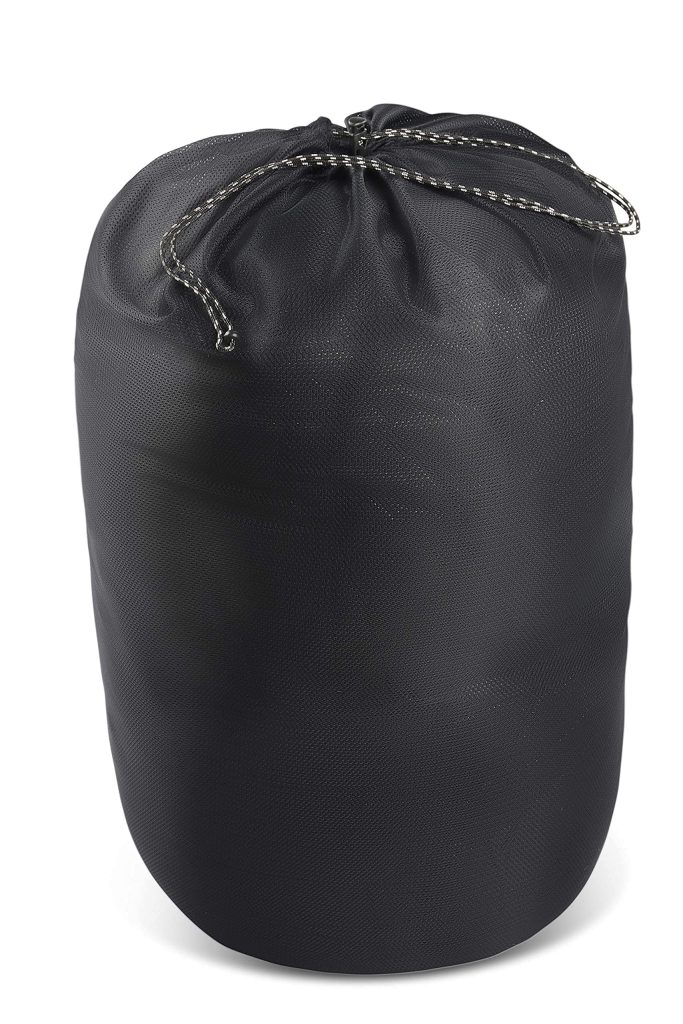
Proper storage of a sleeping bag is crucial for preserving its insulation, shape, and overall performance. Here are some tips for keeping your sleeping bag cozy and ready for your next adventure:
Clean and Dry Your Sleeping Bag Before Storage
Before storing your sleeping bag, make sure it’s clean and dry. Dirt, sweat, and moisture can cause mold and mildew to develop over time, which can damage the insulation. Wash your sleeping bag according to the manufacturer’s instructions, using a gentle detergent and low heat. You can also spot-clean any stains with a damp cloth and mild soap. Once it’s clean, air-dry your sleeping bag completely before packing it away.
Use a Compression Sack or Storage Bag
A compression sack or storage bag is a must-have accessory for any sleeping bag. These bags are designed to compress your sleeping bag into a small, compact package, making it easier to transport and store. Compression sacks use straps or cords to compress the sleeping bag, while storage bags provide a more spacious, breathable option that allows your sleeping bag to retain its loft and shape. Be sure to choose a bag that’s appropriate for your sleeping bag’s size and shape.
Avoid Long-Term Storage in a Compressed State
While compression sacks are great for short-term storage and transportation, it’s not recommended to leave your sleeping bag compressed for long periods of time. This can cause the insulation to lose its loft and warmth, rendering it less effective at keeping you warm. If you’re storing your sleeping bag for an extended period of time, consider using a larger storage bag that allows the insulation to breathe and maintain its shape.
Store Your Sleeping Bag in a Cool, Dry Place
The ideal storage location for a sleeping bag is a cool, dry place. Avoid storing your sleeping bag in direct sunlight or high humidity, as this can damage the insulation and fabric. A closet or storage room with good ventilation is a good choice, as long as it’s not too dusty or prone to pests. You can also consider using a plastic storage bin to protect your sleeping bag from dirt and moisture.
Avoid Folding or Rolling Your Sleeping Bag the Same Way Every Time
Folding or rolling your sleeping bag the same way every time can cause wear and tear on the insulation and fabric. To prevent this, try alternating the direction in which you fold or roll your sleeping bag each time you pack it away. This will help distribute the stress on different parts of the sleeping bag, prolonging its lifespan.
Hang Your Sleeping Bag for Short-Term Storage
If you’re only storing your sleeping bag for a short period of time, hanging it up can be a good option. This allows the insulation to breathe and maintain its loft, while also preventing wrinkles and folds. Use a sturdy hanger or hook, and avoid putting too much weight on the sleeping bag, as this can cause it to sag and lose its shape.
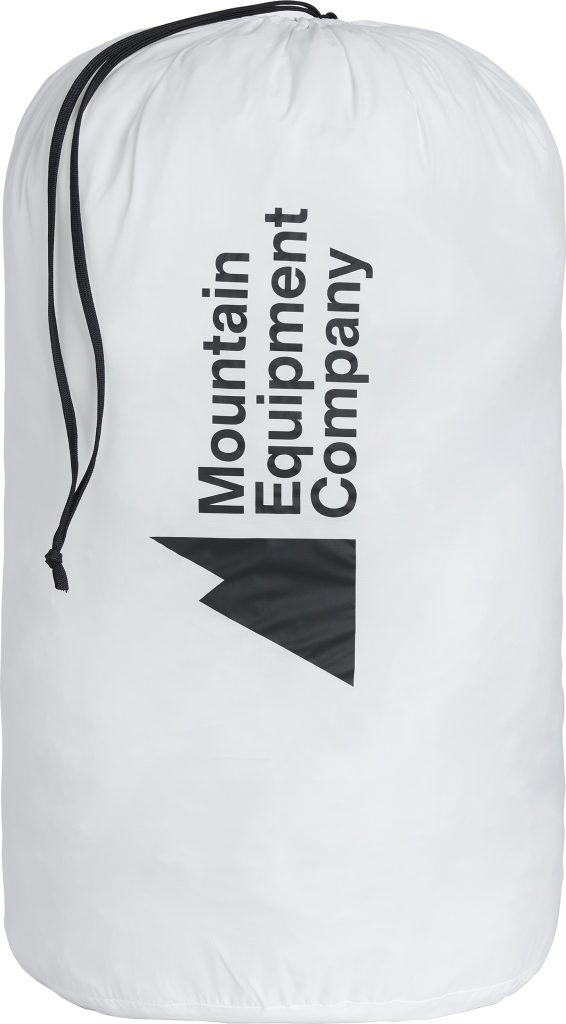
Avoid Storing Your Sleeping Bag in a Stuff Sack for Extended Periods
While stuff sacks are convenient for compacting your sleeping bag during travel, they are not suitable for long-term storage. Stuffing your sleeping bag into a small stuff sack can cause the insulation to become compressed and lose its loft. This can reduce its ability to provide warmth and insulation. Instead, opt for a larger storage bag or hang your sleeping bag to maintain its loft and integrity.
Allow Your Sleeping Bag to Fully Air Out Before Storage
After each use, it’s essential to allow your sleeping bag to completely air out before storing it. Even if your sleeping bag appears dry on the surface, moisture can still be trapped inside the insulation. Hang it up or lay it flat in a well-ventilated area for a few hours to ensure that any residual moisture evaporates. This will help prevent the growth of mold or mildew.
Consider Using a Sleeping Bag Liner
A sleeping bag liner can be a valuable addition to your sleep system. It not only adds an extra layer of insulation but also helps keep your sleeping bag clean. By using a liner, you can minimize the need to wash your sleeping bag frequently, as the liner can be easily removed and washed instead. This can extend the lifespan of your sleeping bag and reduce the wear and tear caused by frequent washing.
Store Your Sleeping Bag Unrolled or Unfolded When Possible
If space permits, it’s best to store your sleeping bag unrolled or unfolded. This allows the insulation to fully expand and maintain its loft. If you’re storing your sleeping bag in a closet or storage area, lay it flat or drape it over a hanger to avoid creating permanent creases or folds. If you must fold it, try to do so loosely to prevent excessive stress on the insulation.
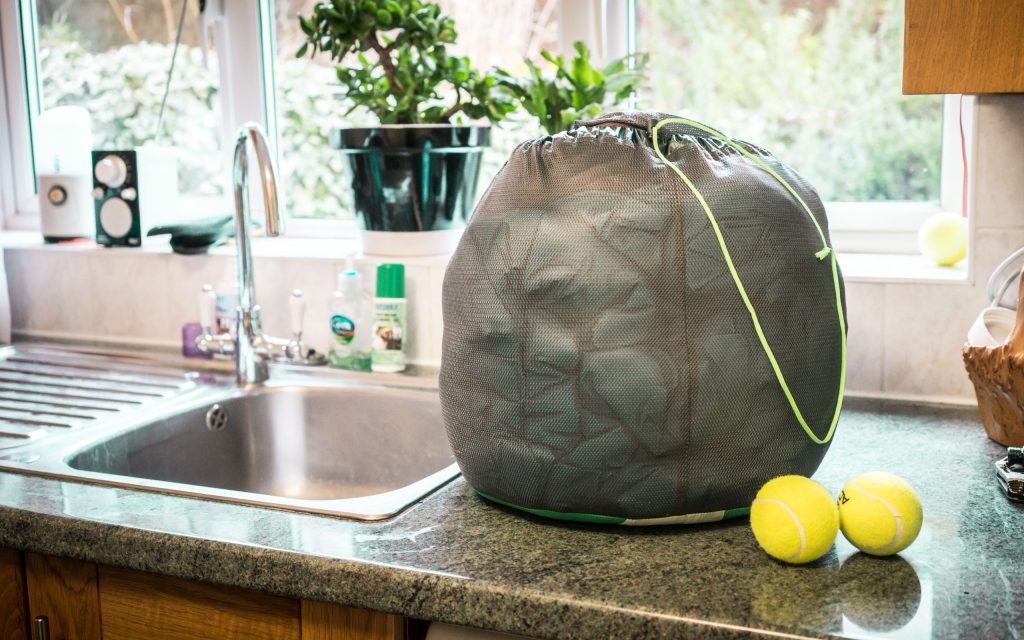
Avoid Exposure to Extreme Temperatures
Extreme heat or cold can have detrimental effects on the insulation and fabric of your sleeping bag. Avoid storing your sleeping bag in areas prone to extreme temperature fluctuations, such as attics or garages. High temperatures can cause the insulation to break down, while freezing temperatures can make the fabric brittle and prone to damage. Choose a storage location with a stable, moderate temperature range.
Check on Your Sleeping Bag Periodically
Even when properly stored, it’s a good idea to periodically check on your sleeping bag. Inspect it for signs of damage, such as tears, loose stitching, or zipper issues. Address any issues promptly to prevent further damage or deterioration. Additionally, airing out your sleeping bag every few months can help keep it fresh and prevent any musty odors from developing.
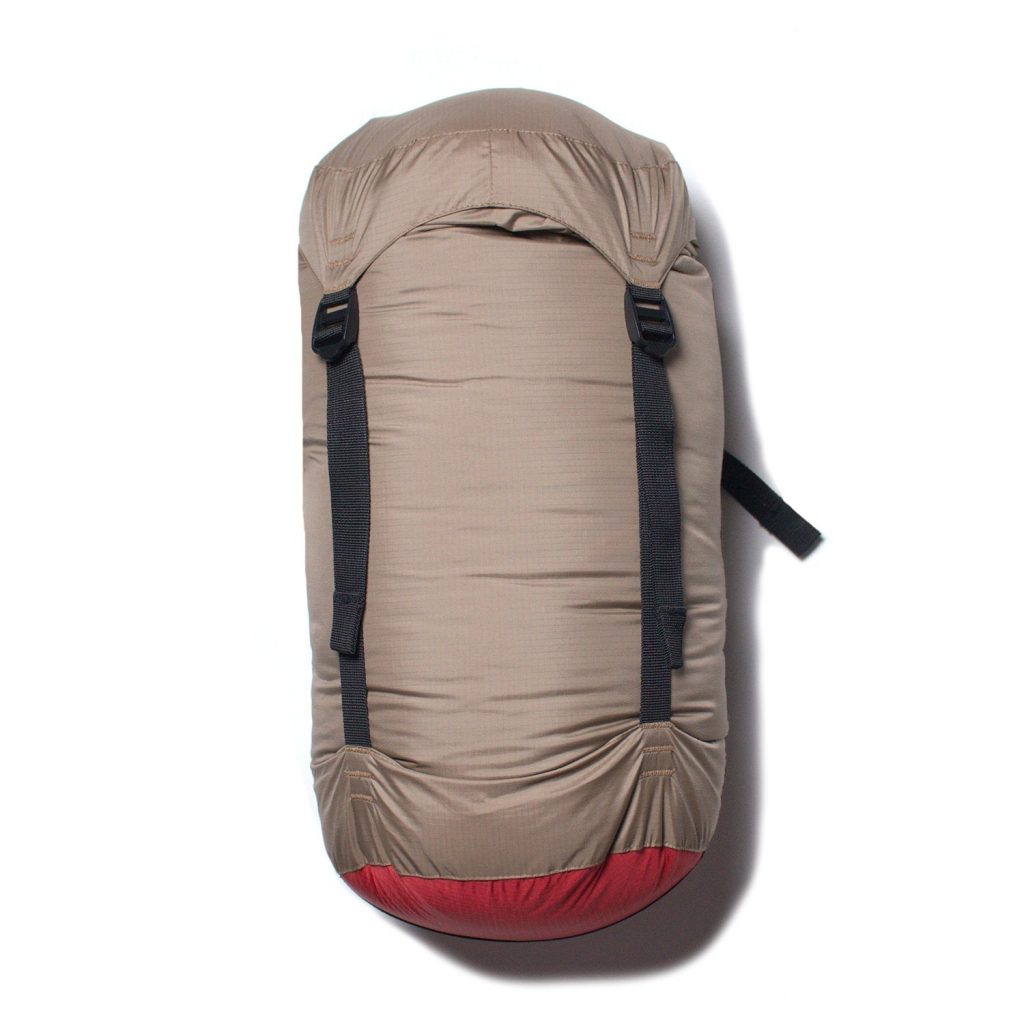
Conclusion
Proper sleeping bag storage is essential for maintaining its quality and performance over time. By following these tips, you can ensure that your sleeping bag stays cozy, warm, and ready for your next adventure.

